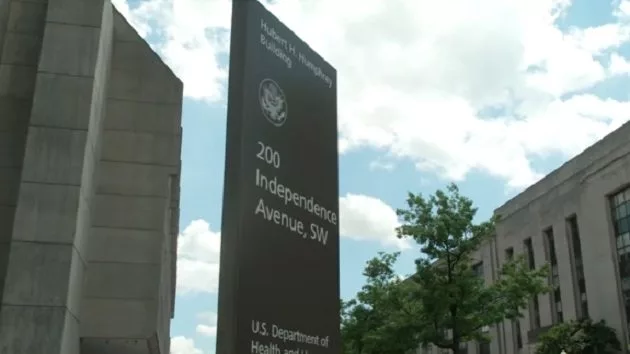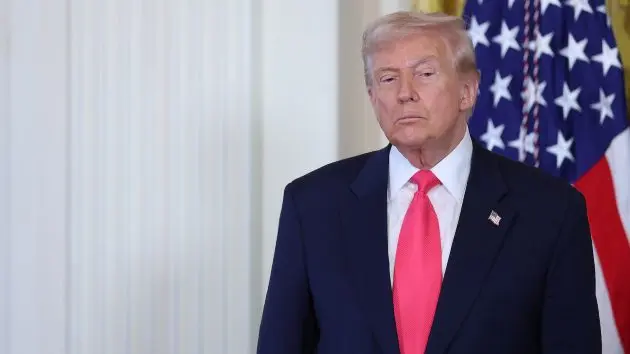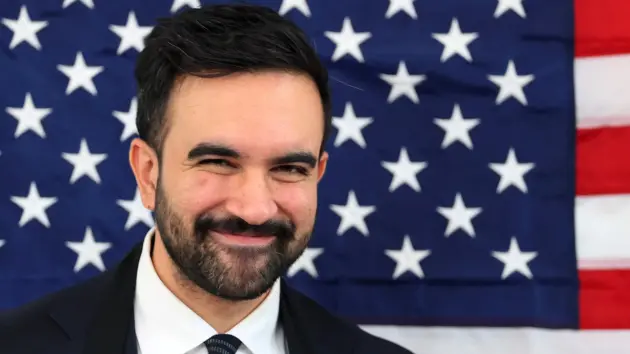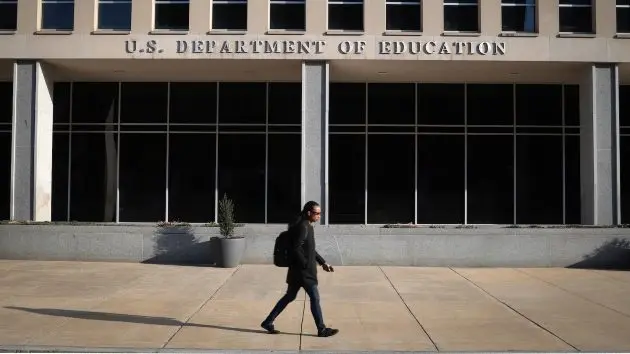A 9/11 responder with life-threatening pancreatic cancer was told this week that he couldn’t start chemotherapy. Two others with new cancer diagnoses were also denied treatment, according to Dr. David Prezant, chief medical officer of the New York City Fire Department and director of its World Trade Center Health Program.
“We postponed chemotherapy for a firefighter this week, hoping this could be fixed,” Prezant said “He’s too young for Medicare, and this delay may cost him his life.”
All three patients were part of the federally funded World Trade Center Health Program — a system created to care for those who risked their lives on Sept. 11, 2001. But the program has come to a standstill, Prezant said.
“We have been directed not to process any new certifications,” an internal email that was shared with ABC News said.
To receive care through the program, a responder or survivor must first enroll and then have their illness formally certified by the federal program as being related to 9/11 exposure.
Certification is a separate and critical step. Clinics must submit medical evidence, such as biopsy results or lung scans — and only after the program approves it can treatment move forward or compensation claims be filed.
Without someone in place to authorize these certifications, patients with newly diagnosed conditions are stuck waiting.
Prezant said the secure federal website used to track approvals had removed the certification tab entirely.
In addition to its freeze on certifying illnesses, the program can no longer enroll new members or approve life-saving treatments like chemotherapy, lung transplants or stem cell therapy.
The crisis, Prezant said, is the result of a breakdown on multiple fronts: severe staffing cuts, and budget shortfalls worsened by inflation.
Sixteen of the program’s doctors, nurses and support staff were laid off in early April — depleting the program by approximately 20%.
This month’s layoffs followed a previous round of cuts in February — but those were reversed after bipartisan backlash. It hasn’t yet been established if any of the newly terminated employees were part of the original group.
Either way, the decision once again left the program critically understaffed, according to clinic leaders and advocacy groups.
To make matters worse, the World Trade Center Health Program’s longtime leader, Dr. John Howard, was also removed in February — and then rehired after bipartisan backlash. But according to Citizens for the Extension of the James Zadroga Act, an advocacy group, it’s still unclear whether he was actually reinstated to his legal role as administrator.
“It appears that Dr. John Howard, Director of the National Institute of Occupational Safety and Health (NIOSH) and the Administrator of the World Trade Center Health Program (WTCHP) was not properly reinstated as Administrator of the World Trade Center Health Program, as the Health and Human Services Department told the NY Republican Members of Congress which they announced on April 5,” the group said in a statement on its website.
Howard’s unresolved status is preventing the program from functioning, the statement added.
Clinics were allowed to begin treating patients under “initial approvals,” Prezant said, while waiting for formal certification from the federal program. But that emergency workaround was shut down this week, Prezant explained.
The process of certification requires submitting medical evidence — like biopsy results or lung scans — and a signature from the program’s administrator, which has not been possible, “a clear sign that Dr. Howard hasn’t been fully reinstated,” according to Prezant.
Without formal certification, treatment for new conditions cannot proceed, Prezant emphasized.
Funding problems are also interrupting the program’s ability to function.
The program now serves more than 150,000 people nationwide, up from about 76,000 in 2015, according to data from the Centers for Disease Control and Prevention. A bipartisan bill, HR 1410, was introduced in February to close the funding gap as enrollment surged, but it remains stalled in Congress.
“We don’t decide who qualifies,” said Prezant, noting that eligibility rules and certification decisions are set by the federal program under the Zadroga Act. “That protects the system from fraud — and it works.”
He pointed to FDNY data showing that five years after a cancer diagnosis, 86% of program patients are still alive — compared to just 66% among those diagnosed in New York State who are not enrolled in the program.
Now, according to Prezant and others, patients in all 50 states who rely on care from the program are being turned away without clear answers about when, or if, the system will be restored.
“No one is asking for anything more than what was promised under the law,” Prezant said, referring to the Zagroda Act’s commitment to provide lifelong medical care and monitoring for 9/11 responders and survivors whose illnesses are linked to their exposure. “We just want the federal government to honor that promise before more lives are lost.”
ABC reached out to HHS for a response but did not hear back. In a statement sent earlier this week, an agency spokesperson said, “The Program continues to accept and review new enrollment applications and certification requests.”
Copyright © 2025, ABC Audio. All rights reserved.






